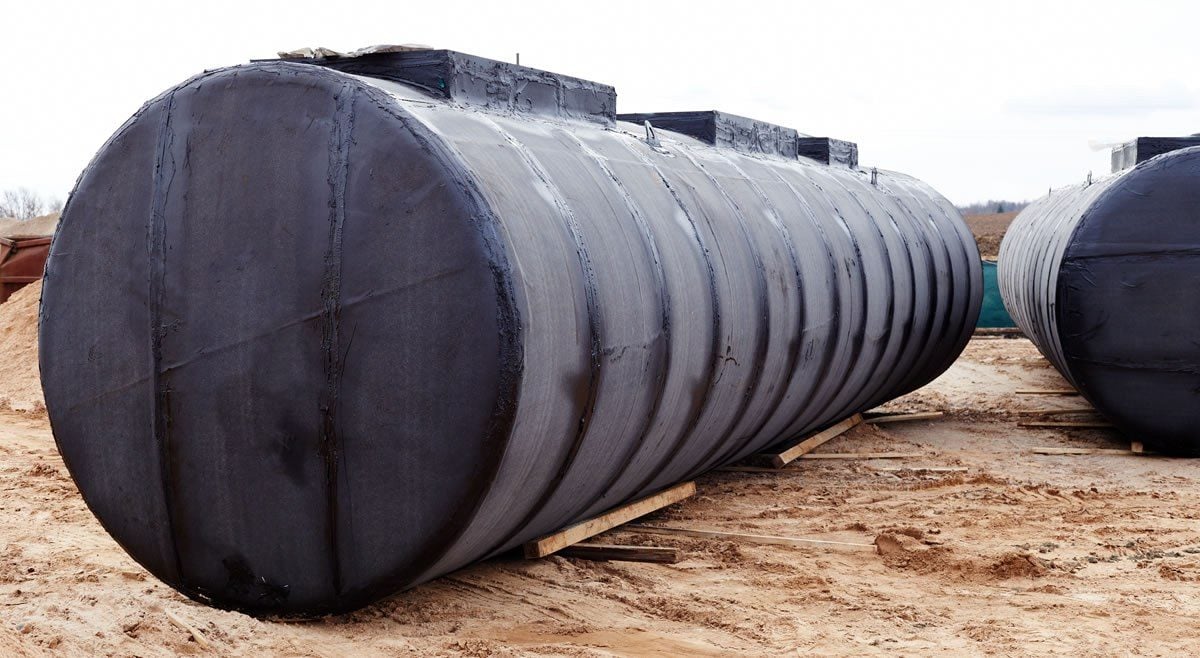Underground storage tanks (UST) used for hazardous substances like fuel and oil create unique challenges when it comes time to decommission them.
One of the most common means of removing a UST from service is abandonment in place.
Should you use abandonment in place for an underground storage tank?
Many facilities, businesses and residences use underground storage tanks. By federal regulations, USTs are used to store either petroleum-based or other hazardous substances, such as gasoline, heating oil, diesel fuel, a variety of industrial chemicals, pesticides, fertilizers, and even certain food products.
Until the mid-1980s, USTs were made of steel, which caused environmental problems. Over time, the tank interior corroded, causing holes that would allow leakage into the soil. The leakage would contaminate drinking water or even result in a fire or explosion. As a result, today’s USTs are made of lined steel or fiberglass.
If a UST is no longer in use, two proactive methods can prevent leaks:
- Removal of the tank
- Abandonment in place
The most cost-effective solution is abandonment in place.
How is the process initiated?
The New York State Fire Code 3404.2.13.1 requires that unused oil tanks shall be opened, cleaned and abandoned—either filled in place or removed—within 90 days of service discontinuation. The code also requires removal of piping to avoid accidental filling of empty abandoned tanks or leaks from disconnected pipes.
The owner must submit a thirty (30) day notice to the federal Environmental Protection Agency (EPA) and request soil testing analysis to confirm the absence of leaks. If leaks are present, the entire tank must be thoroughly cleaned and removed.
A UST abandoning and removal specialist will:
- Open the tank
- Remove its substances
- Conduct a thorough cleaning
- Open or break the bottom floor of the tank
- Fill the tank with inert material
- Sand
- Foam
- Concrete slurry (a mixed paste to seal up small holes)
The owner retains a copy of the abandonment documentation and the methods used to close the tank.
Using abandonment in place for unused oil tanks is both cost-effective and a better solution for the environment.
For any additional questions or comments on underground storage tanks, please contact Milrose Consultants.








